More and more people are now adopting gluten-free lifestyles with each passing day. However, they need to pay a hefty price for such a diet plan change. But do you know why gluten-free products are so expensive?
The price of the raw materials and the manufacturing costs are the two main reasons for gluten-free products being so expensive. Besides, manufacturers need to apply for proper certifications each year, which also makes the product prices shoot up.
The supply-demand graph of the current gluten-free food manufacturing market is also not balanced yet. However, there are many more parameters that play crucial roles in the price of gluten-free products. Read on!
Table of Contents
Why Are Gluten-Free Products So Expensive?

Despite having mostly expensive products, the “free-form” market has witnessed a 133% growth in the last five years alone. But still, even after the rapid surge in supply, gluten-free products are still expensive. And there are six primary reasons behind this phenomenon if you don’t know why gluten-free products are so expensive.
1. Certifications
No gluten-free product is actually termed “gluten-free” until it gets the official certification. And manufacturers also need to renew the certificates each year to make sure that their products have less than 20PPM gluten content. And if the manufacturer is based in the USA, it needs to obtain certifications from any of the five organizations listed below.
- Gluten-Free Certification Organization (GFCO)
- National Foundation for Celiac Awareness Gluten-Free Certification Program (NFCA)
- The International Certification Services (ICS)
- Celiac Sprue Association Seal of Recognition (CSA)
- Gluten-Free Standards Organization (GFSA)
All these organizations take between $500 and $5,000 certification charges, depending on the size of the manufacturer and the volume or product it produces.
2. Raw Material Price
It is pretty tough to replace wheat in our daily lives, which is the primary concern for any celiac patient. However, there are certain alternatives, such as brown rice, quinoa, sorghum, tapioca, buckwheat, and amaranth, available, which are widely used in gluten-free products.
But you may have already known that these alternatives are costly. And these crops are also not subsidized by the governments the way wheat is subsidized. Besides, manufacturers also only pick up raw materials that are naturally free from allergens, which further makes it even costlier.
3. Manufacturing and Processing
Cross-Contamination is a major concern for any gluten-free product manufacturer. If any manufacturer produces general and gluten-free products, it can’t manufacture both these product lines in a single facility. And to produce the gluten-free ones, it needs to make a different facility that will be free from any cross-contamination.
After manufacturing, all gluten-free products must be processed and stored in contamination-free facilities as well. Besides, manufacturers also need to check each batch of their gluten-free products to make sure those are free from any allergens. Many big brands maintain a separate supply chain for their gluten-free products as well.
4. High Demand
Let’s dive into some basic economics to understand the supply-demand phenomenon. Whenever there is a shortage of supplies for a product that has high demand, it is supposed to become costlier. Gluten-free products have become the talk of the town in the last decade. And now, the popularity and demand for gluten-free products are rapidly rising worldwide.
However, there are still a limited number of players in the manufacturing industry of gluten-free products. And this shortage of supplies with increasing demand is one of the prime reasons for gluten-free products becoming that much more expensive these days.
5. Low Competition
According to a recent report, the manufacturing cost of gluten-free products while adhering to all the safety regulations can be 242% more than the manufacturing cost of general products. And due to this gigantic manufacturing cost, most manufacturers are still hesitant to enter the gluten-free industry. Even in 2022, there is a very limited number of players.
If you visit any supermarket, you’ll see just 5 or fewer brands that focus solely on gluten-free products, while at least 100 brands are fighting for their place in the general food category. And this monopoly by a few companies all over the world makes gluten-free products even more expensive.
6. Low Shelf Life
Food items made of wheat have a much longer shelf life than food items made with quinoa, sorghum, tapioca, or buckwheat, which are the primary ingredients of any gluten-free product. Products made with these crops are also quite difficult to transport, as those products need proper care and refrigeration, which is not needed for wheat-based products.
Supermarkets and shops also need to store gluten-free products in separate freezing units or refrigerators to maintain their shelf life. Besides, they also need to make sure that gluten-free products are kept away from any cross-contamination chances. And for that, they bear a much higher shelving and displaying cost than general food items.
How to Plan Gluten-Free Diet within a Budget?
You must have already understood why gluten-free products are so expensive these days. However, if you carefully make a plan, you can still live a gluten-free life on a moderate budget. And here goes the 9-step guide to help you make a budget-friendly gluten-free diet plan.
1. Prepare A Shopping List

We tend to have no shopping list with us when we visit supermarkets and then go completely berserk. It is not the right way if you want to make a budget plan for your diet. Before you hit the supermarkets, you need to list down the items you need for the coming week.
Besides, you also need to check your inventory to know if any items need a refill. If you can make a shopping list for the whole week, you can also buy bulk packs, which are much cheaper than regular packs.
2. Make plans with local foods
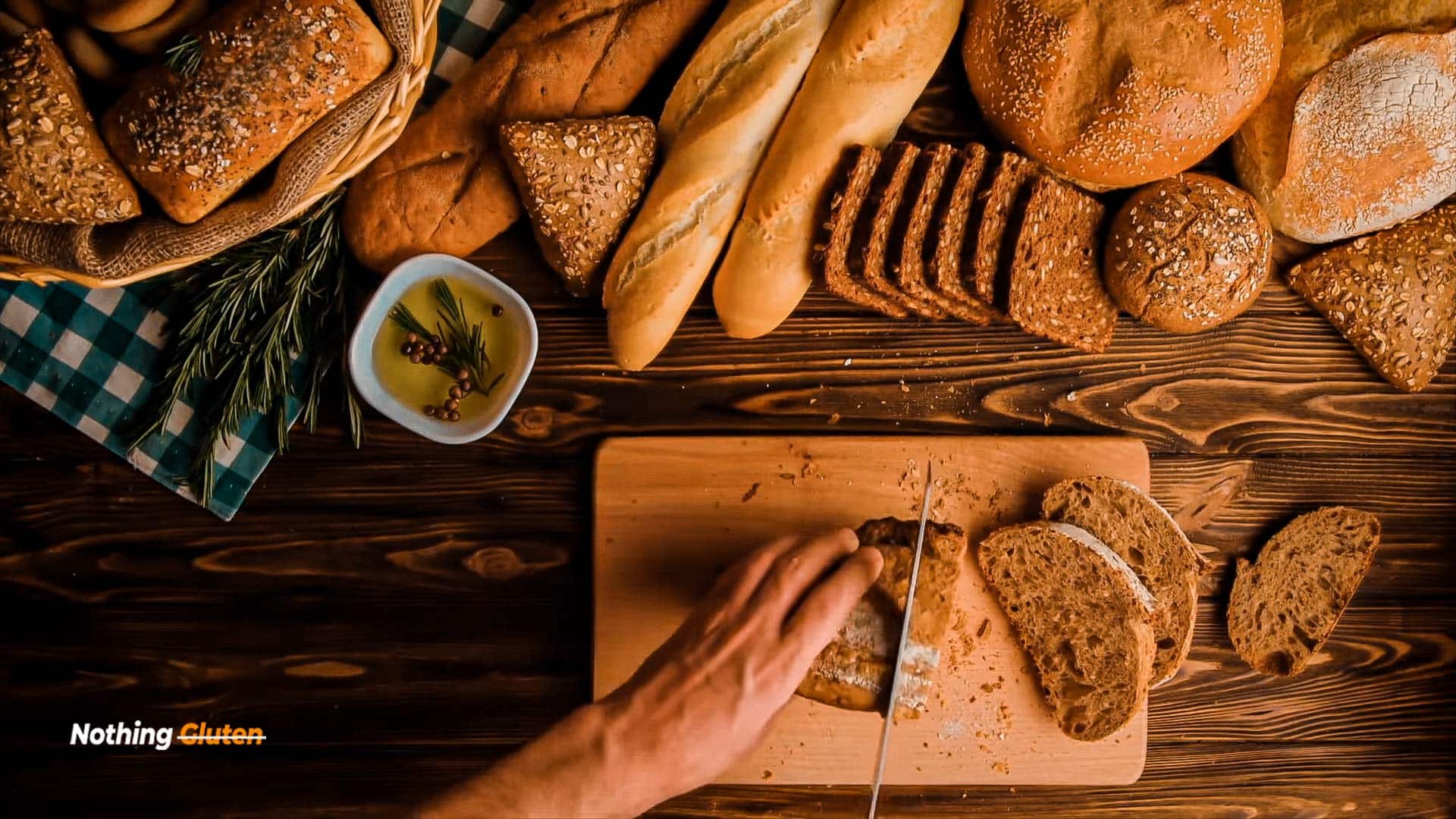
We mostly buy different foreign-manufactured gluten-free food products which can deliver an alternate taste to our favorite dishes. And by doing that, we buy expensive items sourced from other countries or different parts of the same country.
However, if you can incorporate local foods into your diet plan, you can replace those expensive foreign items. Besides, local foods will be fresher than packed foods sourced from other countries. And even if you want to try any packaged alternative, stick to just one product a week.
3. Stick to whole foods
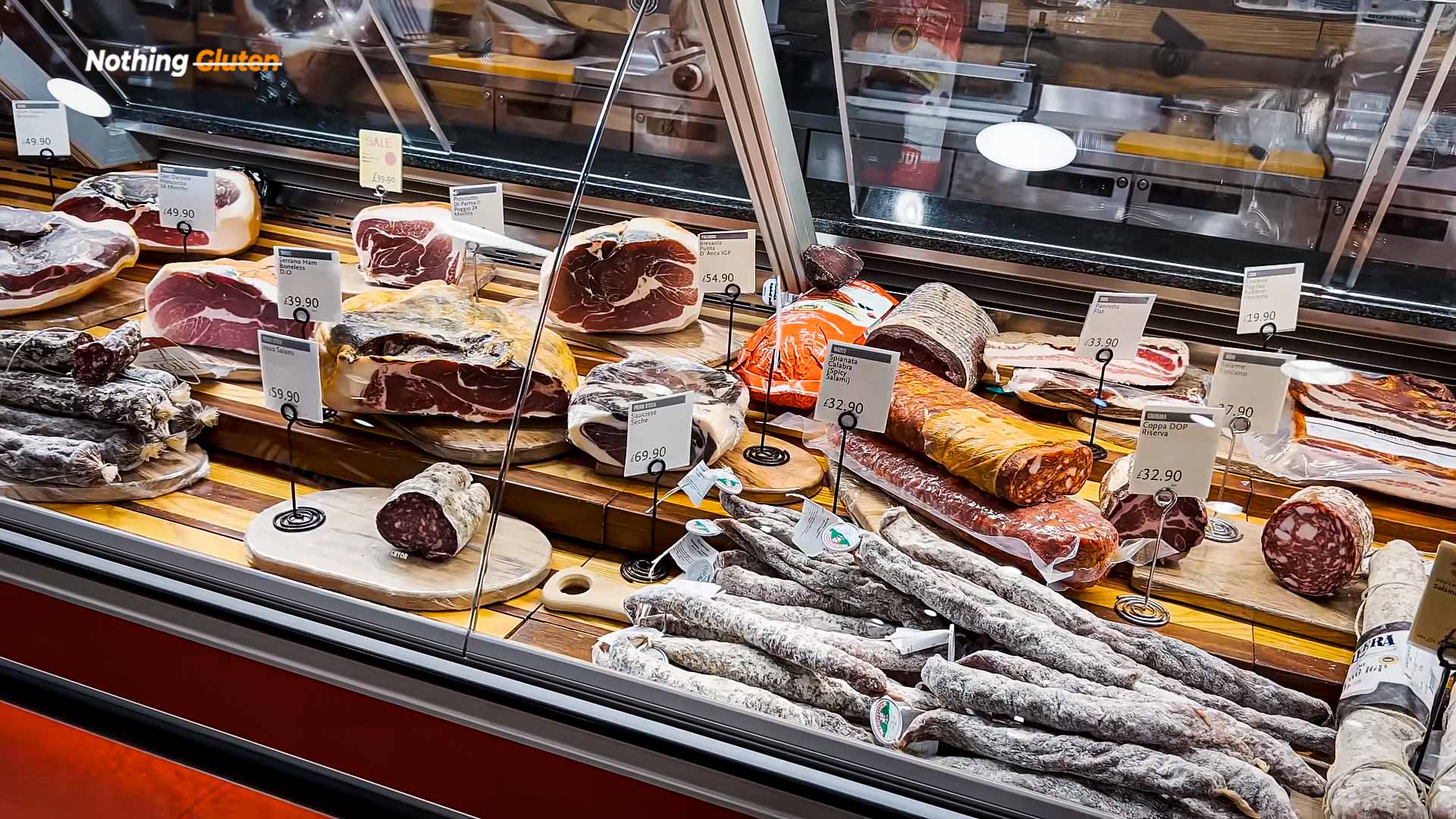
You may not know, but almost all whole foods, such as meat, fish, eggs, dairy, green veggies, and fruits, are naturally gluten-free. However, we tend to miss those from our diet plan while incorporating expensive food alternatives to it. Besides, whole foods are more nutritious than packaged foods.
Celiac patients often struggle with nutritional deficiencies, as most gluten-free food products don’t have the right balance of vitamins, essential minerals, and other vital nutrients. Incorporating whole foods in your diet plan not just makes it cheaper but can also ensure sufficient nutrient supply.
4. Look for discounts
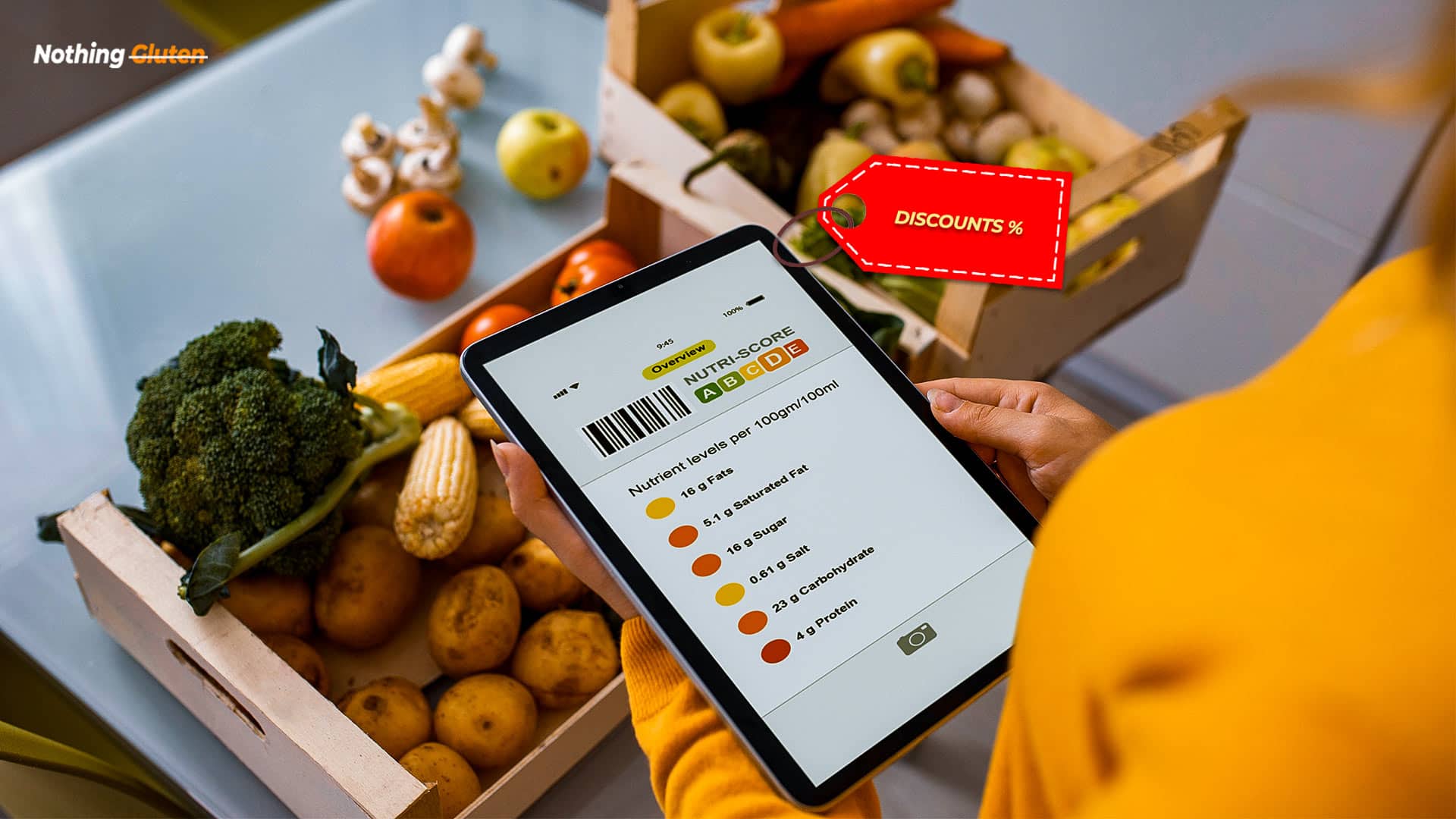
You need to understand that the gluten-free market is still relatively unpopulated. And each day, new players are entering this field to target niche audiences. So, as a marketing strategy, most new gluten-free food product manufacturers give free samples and discount coupons to celiac patients and people having gluten intolerance.
Besides, these companies also often tie up with grocery retail chains, such as TJ Maxx and Marshall’s, to sell their food items at discounted prices. You can also follow gluten-free manufacturers on social media, as they also often give away discount coupons.
5. Bake your bread
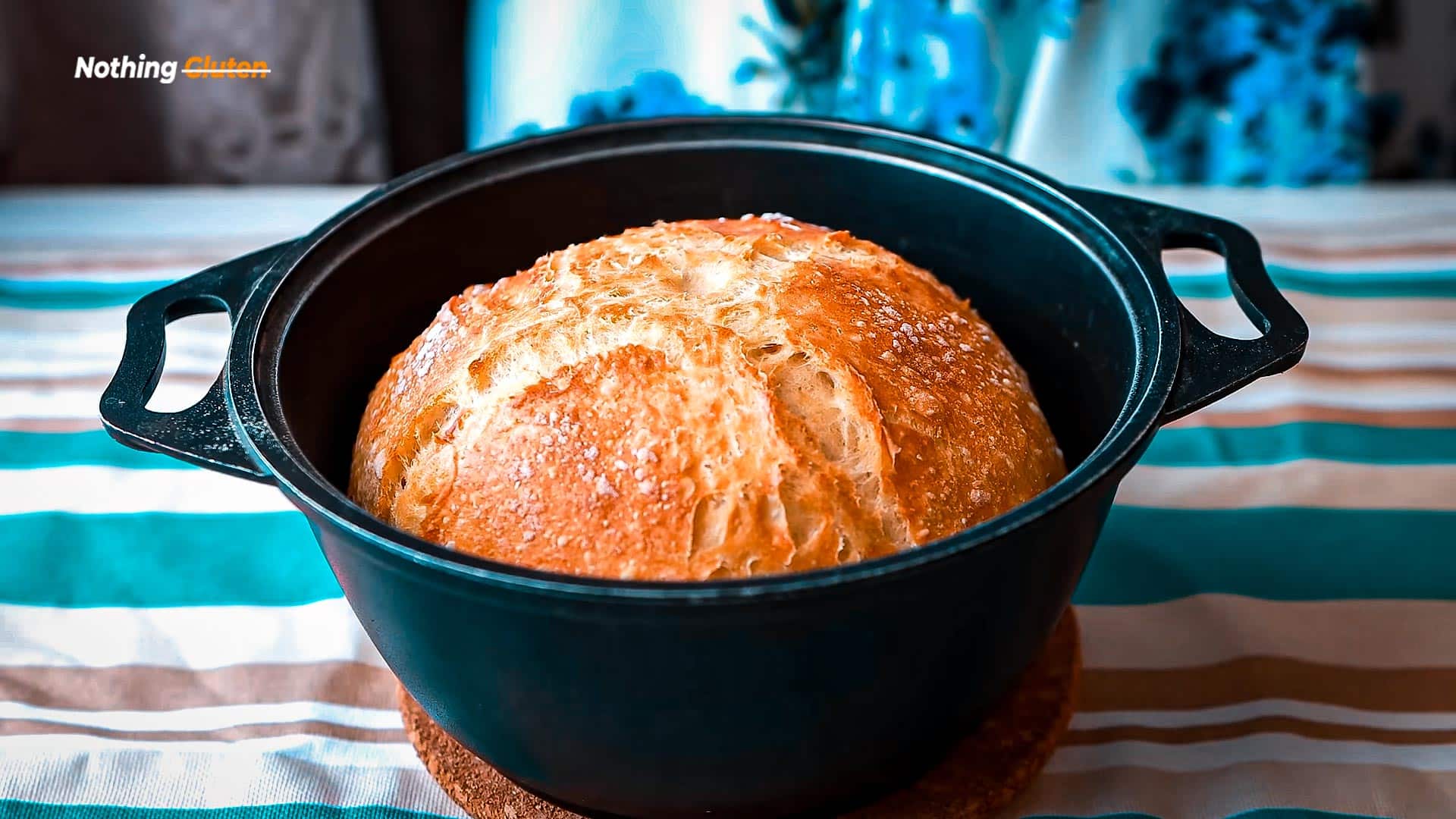
Bread is an indispensable part of our everyday food habits. Although different kinds of bread are popular in different parts of the world, most bread is actually made of wheat. And if you want to buy gluten-free bread, you need to pay a hefty price even at your local store, as the manufacturing process and the raw materials are costly.
However, you can effectively cut that expense by making your bread right at your home. You can source raw materials in bulk from your nearby grocery stores or supermarkets and then use a separate set of utensils to make your gluten-free bread.
6. Cook your own food

Not just bread, you can take the same route for any dish which comes under your staple diet. If you want to buy a gluten-free variant of your favorite dish from any restaurant, that will burn a hole in your pocket. Instead, you can cook your own gluten-free food right at your home at a much lower price.
You can also use just whole foods in your dishes, such as eggs, veggies, and different types of gluten-free crops, which will also make your meal less costly than store-bought gluten-free meals.
7. Avoid frozen foods
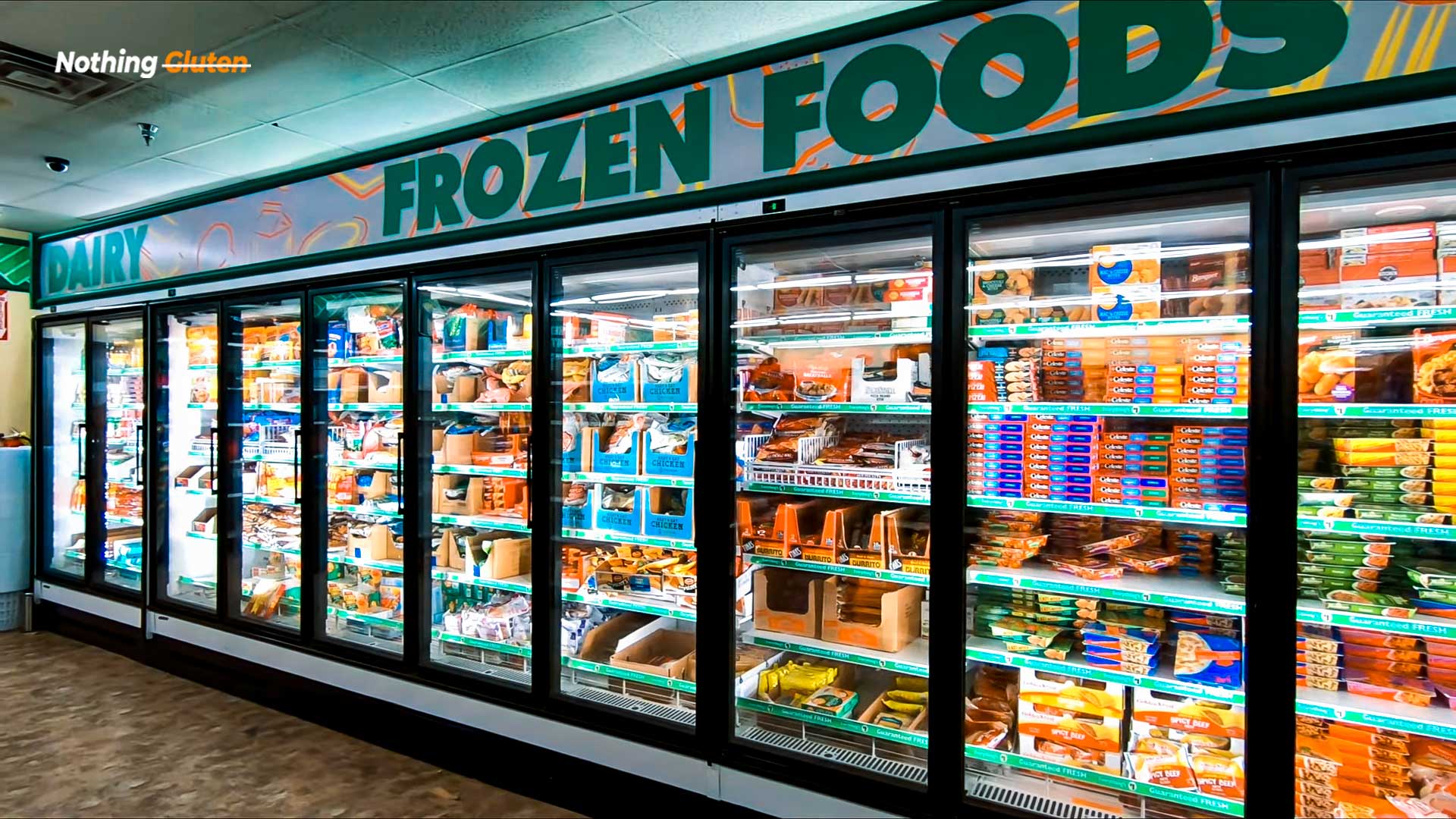
Although frozen meals are extremely convenient, gluten-free frozen foods are still extremely costly. It is mainly due to the fact that supermarkets and grocery stores need to keep it in separate freezers with proper care to ensure its shelf life.
So, instead of buying ready-to-eat frozen items, you can cook your favorite dish in bulk and store that in meal-sized boxes to make your own home-style ready-to-eat meal pack.
8. Look for tax deductions
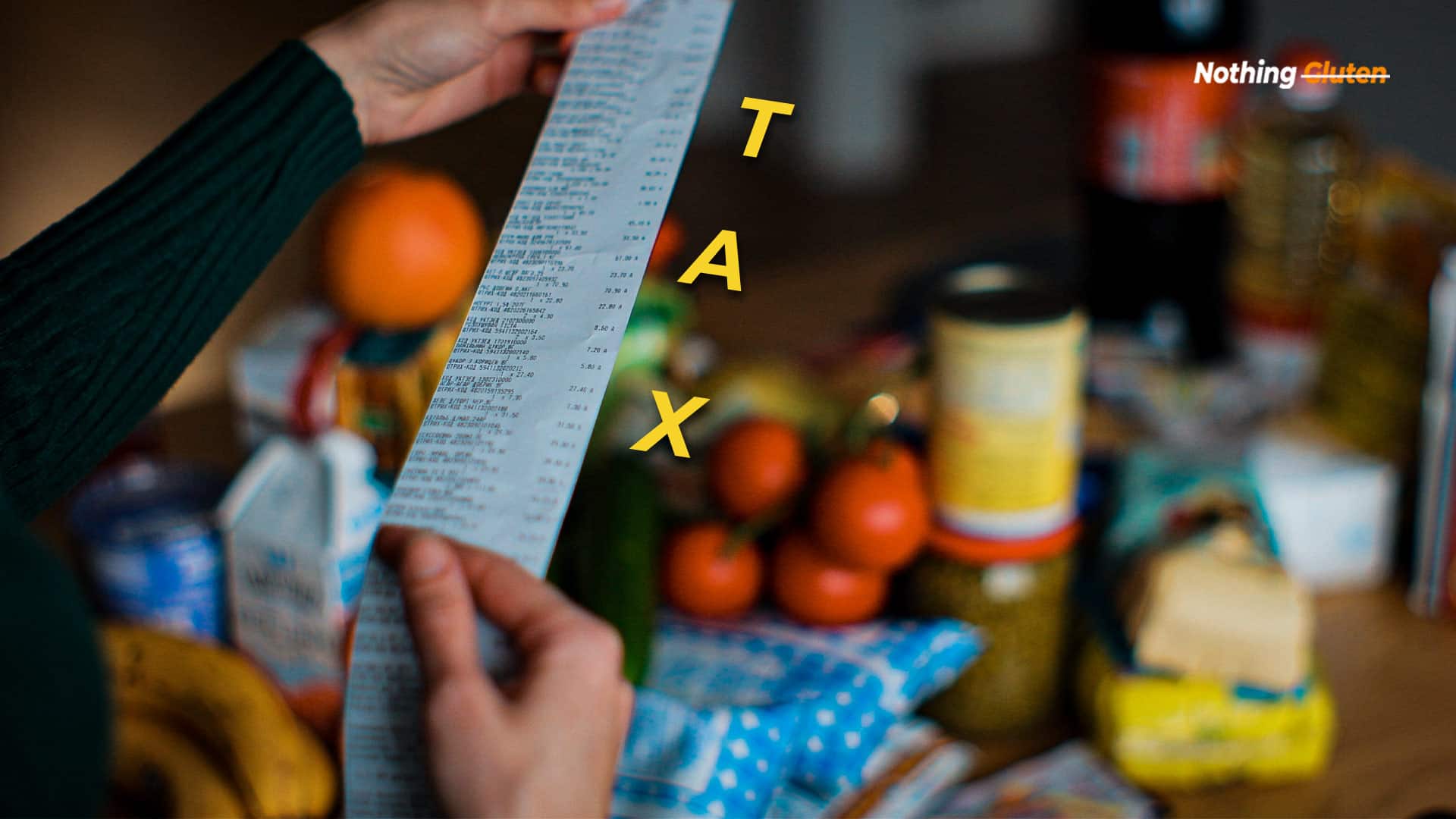
IRS recently understood and acknowledged the budget burden of celiac patients to maintain a gluten-free diet plan. So, it started to let any celiac patient file for tax deductions. However, you do need proper documentation to become eligible for a tax deduction.
Besides, this process is also a bit complicated and can take a bit more time than usual. Right now, IRS is only giving tax deduction benefits for the price difference between a general and a gluten-free variant of the same food product.
9. Try new products (and get samples)
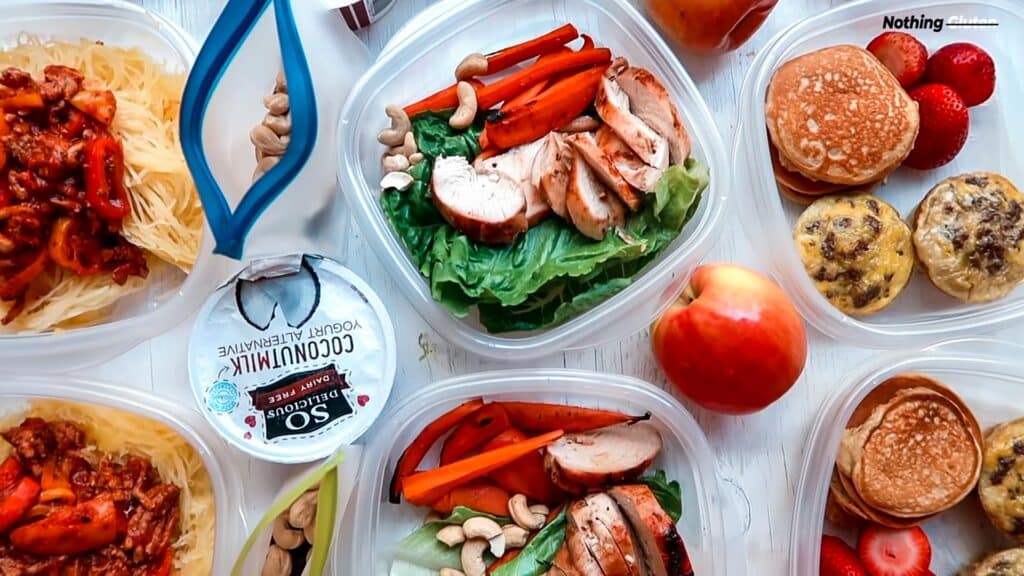
As we’ve already said, many new players are entering the gluten-free food manufacturing market each day. And you can use it for your own benefit. Most of these new companies tend to give free samples to their prospective customers. Besides, they also provide discount coupons to their loyal customers.
So, it is better to look for gluten-free products from new manufacturers, as they will tend to be less expensive than the products from famous brands.
Final Words
From manufacturing cost to storage cost, from certification charges to expenses for the right supply chain, there are several factors that can directly affect the price of any gluten-free product. However, you can effectively cut down that cost by cooking and baking your own.
It is also better to incorporate just locally grown whole foods in your diet plan. But if you have a different take on why gluten-free products are so expensive, don’t hesitate to share it with us!
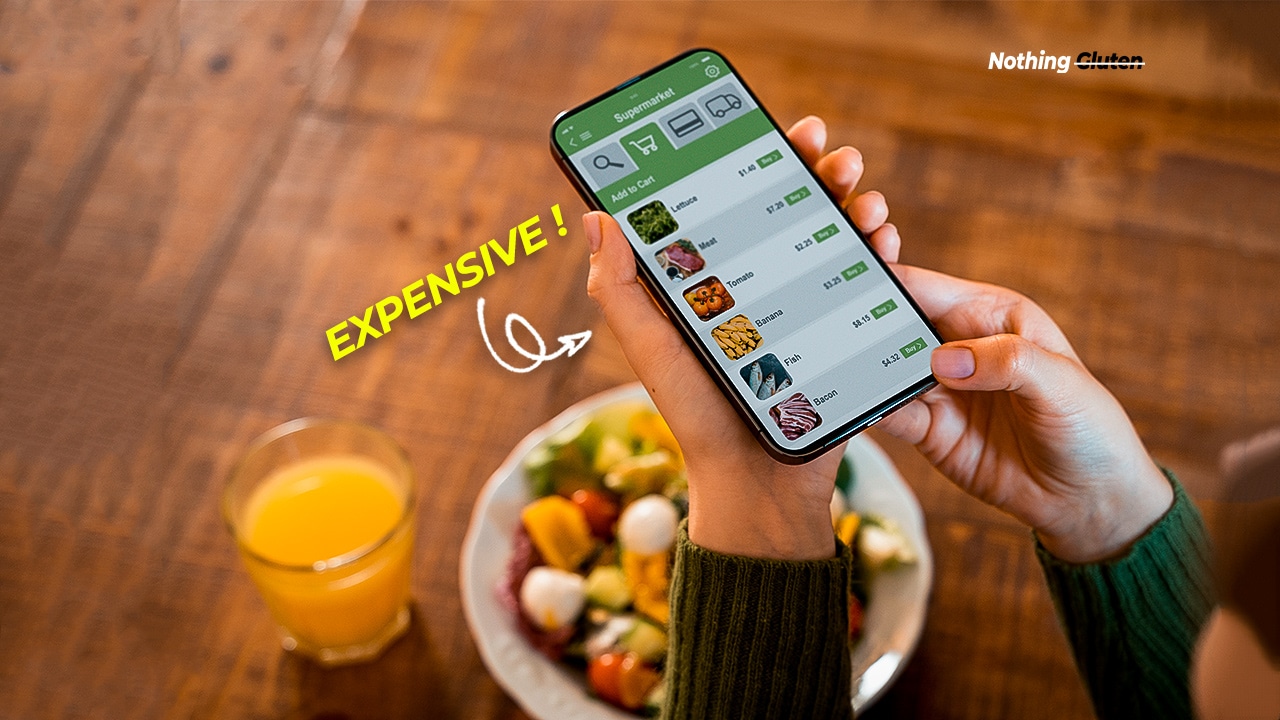








Leave a Reply
View Comments